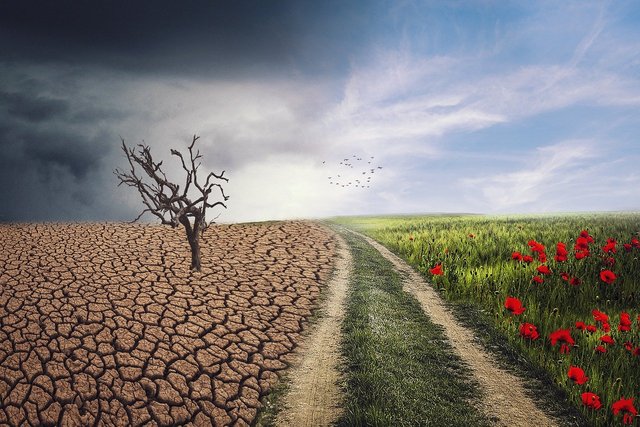While it may seem obvious, protecting our Ecosystem is the key to the future of our planet. In order to be effective, the right measures must be implemented, and in order to protect our Ecosystem we must change.
Our Earth's Ecosystem is a complex of biological and physical activities that result in the production of all of the natural products humans consume. In most parts of the world, at the surface level, our Ecosystem appears unperturbed by human interference. The great benefits provided by Earth's Ecosystem include air we breathe, water we drink, and food
we eat. We are fortunate to have a truly unique ecosystem on Earth that can withstand natural or human disturbance.
However, there are many threats to Earth's Ecosystem that can lead to serious damage and loss of life. While some of these threats may be natural and insignificant, others are man-made. Many of the threats facing Earth's Ecosystem today come from such natural processes as climate change, pollution, overuse of resources, habitat destruction, and development. Unfortunately, these natural occurrences are often exacerbated by man. Indeed, some of these threats to Earth's Ecosystem are difficult to completely control due to complex biological and ecological processes.
If our ecosystem is threatened, what can we do to preserve the integrity of our environment? It is important to understand the nature of ecosystem management in order to make intelligent decisions. One of the first steps to protecting our Ecosystems is identifying those areas of the Ecosystem that may be susceptible to natural or human degradation. Not all threats to the integrity of Earth's Ecosystem are unnatural; however, many are natural. Once a risk has been identified, a strategy must be developed to restore the integrity of the Ecosystem.
Eco-systems are very resilient systems that can be adapted to various external factors. This means that the Ecosystem can cope with certain extremes of temperature and precipitation while adapting to changes in the amount of light and nutrient supply it receives. In addition, even if changes occur to the Ecosystem itself, such as in the form of invasive species, it can still manage to live in balance with other Ecosystems.
Fortunately, there are several principles that can be used to develop effective ways of implementing measures to protect Earth's Ecosystems. Principles of ecosystem management are applicable to all types of Ecosystems - but specifically, they are important for forests, aquatic ecosystems, land-based ecosystems, and marine environments. These principles apply in all environments, so the principles are applicable to all types of ecosystems. These principles include basic management strategies, habitat management, restoration and monitoring of the Ecosystem, and conservation.
The most important principle of how to protect our Ecosystems is that the Ecosystem needs to be well managed. It is important to have clear and concise goals for management of the Ecosystem, as well as detailed goals for each aspect of Ecosystem management. For example, once the natural processes of the Ecosystem have been disrupted, the natural and human functions of the Ecosystem must be appropriately restored to protect the Ecosystem. As an example, in forests the way to protect the Ecosystem is to plant enough trees so that they can be shade-tolerant and reduce fire damage to the forest floor. Similarly, the way to protect aquatic ecosystems is to establish suitable habitat for fish species and animals that are threatened with extinction.
Protection of habitats for species is one of the most important means of restoring an Ecosystem. For example, some of the larger, more exotic predators such as tigers and wolves were removed from Earth's ecosystems through man-made habitat destruction. These species of predator caused serious damage to the Ecosystem by competing with native species for food, thereby causing extinctions. Today, however, the biggest threats to ecosystems are habitat destruction and invasive species. These processes affect the Ecosystem directly, causing habitat loss and disruption in both terrestrial and aquatic systems.
Restoration of degraded habitats is a vital aspect of how to protect our Ecosystems. Land-based ecosystems tend to be more sensitive to natural or human disturbance than water-based ecosystems. Thus, land-based ecosystems, including ecosystems that produce many types of aquatic species, must be protected by ensuring adequate habitat and enhancing habitat for all species. different types of species within an ecosystem. Successful restoration will occur only when the Ecosystem is back to the original condition it was in when the Ecosystem was first established.

